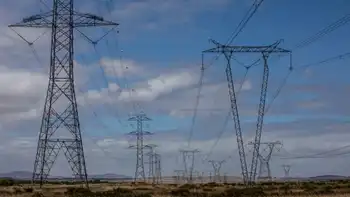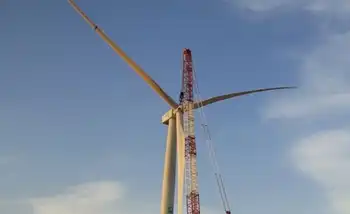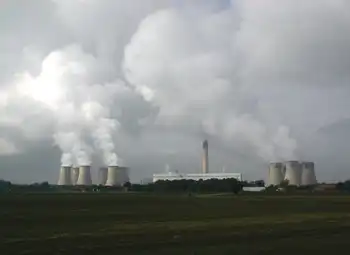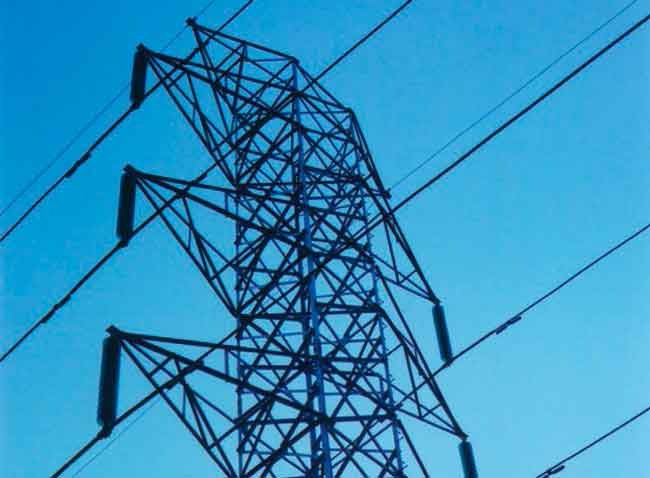Minnesota Signs Deal With Manitoba Hydro
WINNIPEG -- - The Minnesota Public Utilities Commission has unanimously approved a $1.7 billion power export deal with Manitoba Hydro.
It allows Minneapolis-based Xcel Energy to import power from Manitoba Hydro, despite the objections of aboriginal groups.
The 500-megawatt, 10-year deal was given the go-ahead.
It's an extension of an existing deal and will allow power to be exported until 2015.
Approval by Canada's National Energy Board is pending.
The Minnesota decision is a blow to the Pimicikamak Cree Nation of Cross Lake, Manitoba. They had asked the commission to first call a formal hearing into the social and economic impact of historic hydro development on their homeland.
Related News

California Faces Power Outages and Landslides Amid Severe Storm
CALIFORNIA - California Storm Outages and Landslides strain utilities, trigger flooding, road closures, and debris flows, causing widespread power cuts and infrastructure damage as emergency response teams race to restore service, clear slides, and support evacuations.
Key Points
California Storm Outages and Landslides are storm-driven power cuts and slope failures disrupting roads and utilities.
✅ Tens of thousands face prolonged power outages across regions
✅ Landslides block highways, damage property, hinder access
✅ Crews restore grids, clear debris, support shelters and evacuees
California is grappling with a dual crisis of power outages and landslides following a severe storm…




